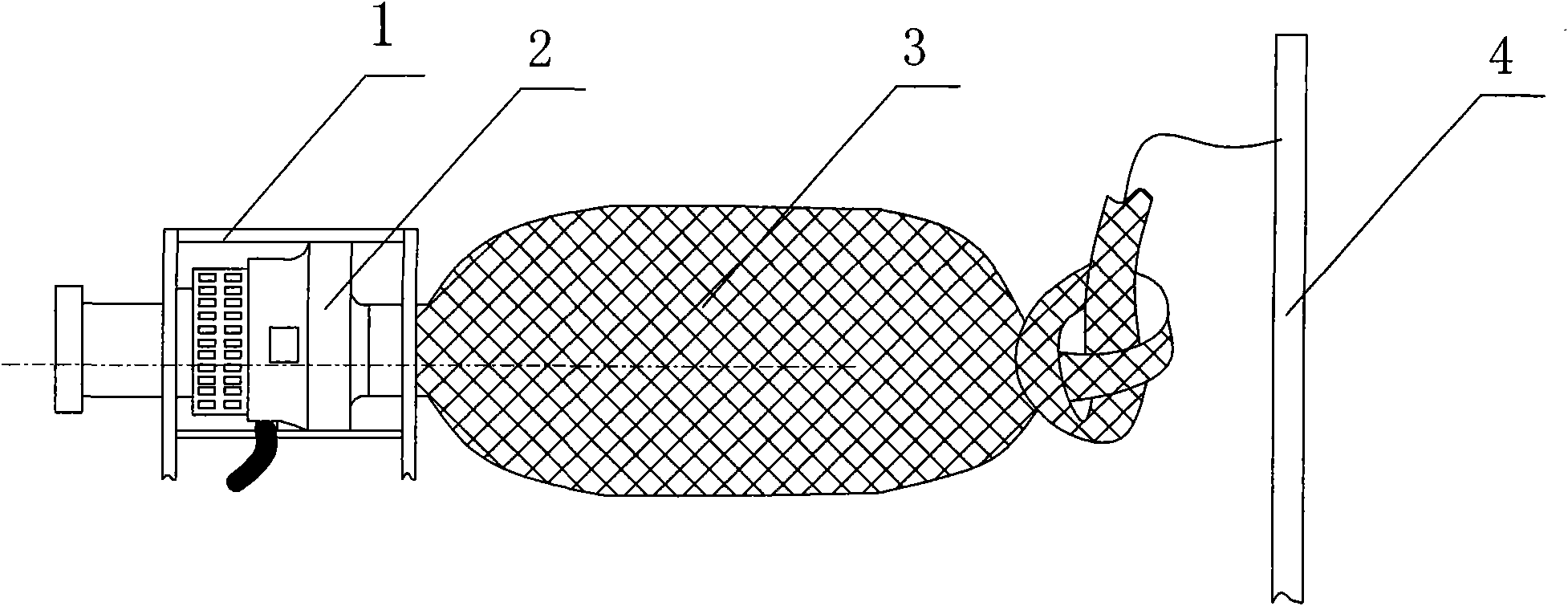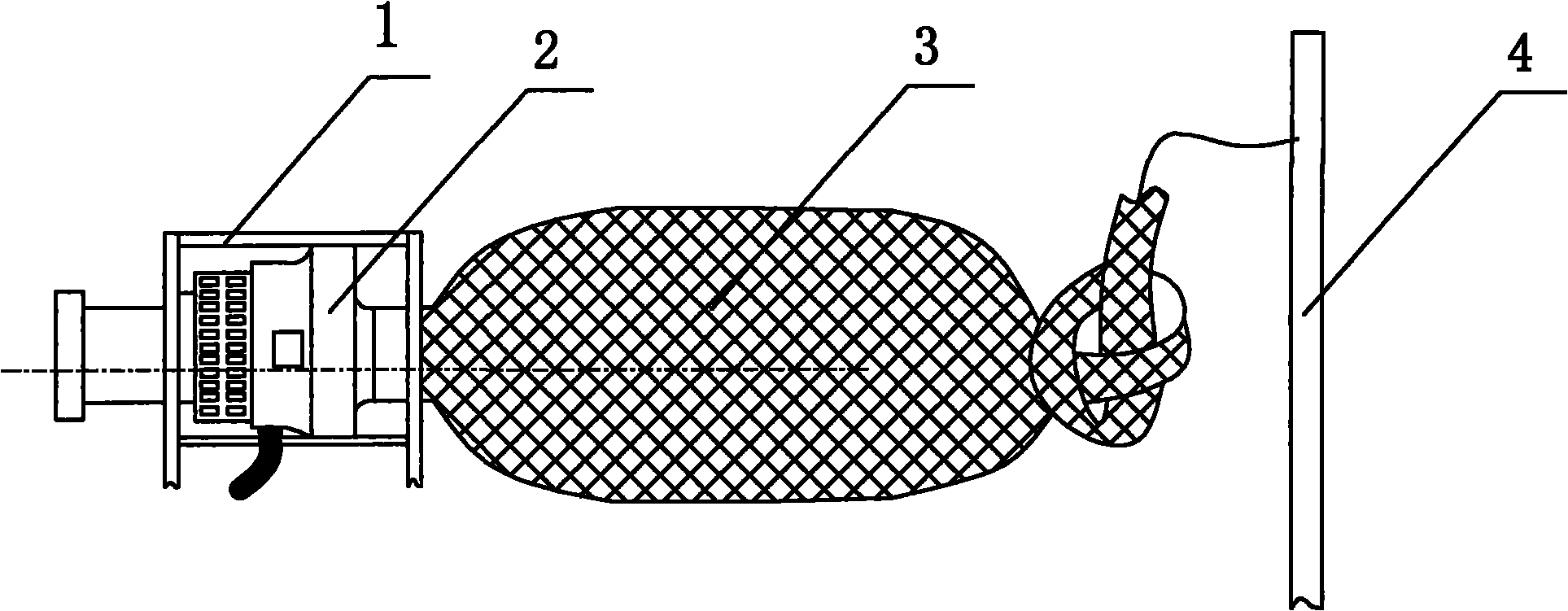Method for collecting rotifers, Cladocera and copepods zooplankton
A zooplankton and collection method technology, applied in hunting equipment, applications, animal husbandry, etc., can solve the problems of high labor intensity, limited collection area, long time consumption, etc. Effect
- Summary
- Abstract
- Description
- Claims
- Application Information
AI Technical Summary
Problems solved by technology
Method used
Image
Examples
Embodiment 1
[0018] Embodiment 1: A collection method of rotifers, cladoceras and copepod zooplankton, adopts the following collection steps:
[0019] 1. Select the water body for collection Select a channel with a zooplankton (Rotifera, Cladocera and Copepoda) density of 10 / ml in the water body.
[0020] 2. Fix the device and start the water pump. Fix the collection device in the selected waters so that the water inlet of the submersible pump is 50 cm away from the water surface. After starting the water pump, collect zooplankton (rotifera (Rotifera), cladocera (Cladocera) and Copepoda).
[0021] 3. Screening and cleaning of zooplankton
[0022] The zooplankton separated Rotifera (Rotifera) was used as the opening bait for fish, and the collected zooplankton (Rotifera (Rotifera), Cladocera (Cladocera) and Copepoda (Copepoda)) were added to clean pond water (volume ratio 1 : 1) Finally, filter with 200-mesh silk screen, take the filtrate, and wash it once with clean pond water. Cladocer...
Embodiment 2
[0024] Embodiment 2: a collection method of rotifers, cladoceras and copepod zooplankton, adopts the following collection steps:
[0025] 1. Select the water body for collection Select a pond with a zooplankton (Rotifera, Cladocera and Copepoda) density of 30 / ml in the water body.
[0026] 2. Fix the device and start the water pump. Fix the collection device in the selected waters so that the water inlet of the submersible pump is 40cm away from the water surface. After starting the water pump, collect zooplankton (Cladocera and Copepoda) every 1.5 hours .
[0027] 3. Screening and cleaning of zooplankton
[0028] Separate cladocera (Cladocera) and copepoda (Copepoda) zooplankton as bait for fish, and collect zooplankton (rotifera (Rotifera), cladocera (Cladocera) and copepoda (Copepoda)) into clean Water (volume ratio 1:1) is filtered with a 150-mesh sieve, and then the zooplankton on the filter is added to clean pond water (volume ratio 1:1) and then filtered with a 60-mes...
Embodiment 3
[0030] Embodiment 3: a kind of collection method of rotifers, cladoceras and copepod zooplankton adopts the following collection steps:
[0031] 1. Select the water body for collection Select a ditch with a zooplankton (Rotifera, Cladocera and Copepoda) density of 50 / ml in the water body.
[0032] 2. Fix the device and start the water pump. Fix the collection device in the selected water area so that the water inlet of the submersible pump is 30cm away from the water surface. After starting the water pump, collect zooplankton every 1.0 hour.
[0033] 3. Screening and cleaning of zooplankton
[0034] Separate cladocera (Cladocera) and copepoda (Copepoda) zooplankton as bait for fish, and collect zooplankton (rotifera (Rotifera), cladocera (Cladocera) and copepoda (Copepoda)) into clean The pond water (volume ratio 1:1) was filtered with a 125-mesh silk screen, and then the zooplankton (Cladocera and Copepoda) on the filter were added to the clean pond water (volume ratio 1:1)....
PUM
 Login to View More
Login to View More Abstract
Description
Claims
Application Information
 Login to View More
Login to View More - R&D
- Intellectual Property
- Life Sciences
- Materials
- Tech Scout
- Unparalleled Data Quality
- Higher Quality Content
- 60% Fewer Hallucinations
Browse by: Latest US Patents, China's latest patents, Technical Efficacy Thesaurus, Application Domain, Technology Topic, Popular Technical Reports.
© 2025 PatSnap. All rights reserved.Legal|Privacy policy|Modern Slavery Act Transparency Statement|Sitemap|About US| Contact US: help@patsnap.com


